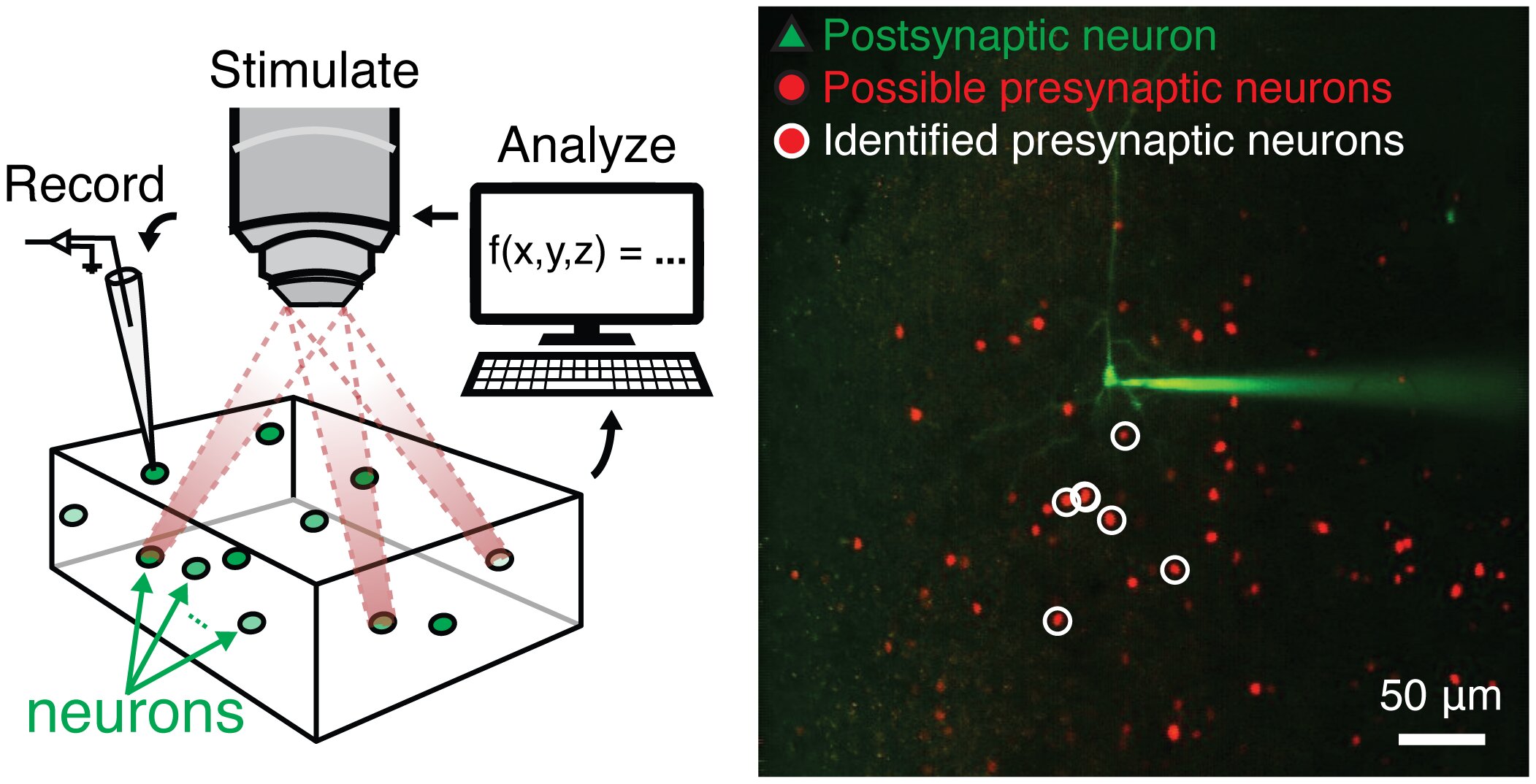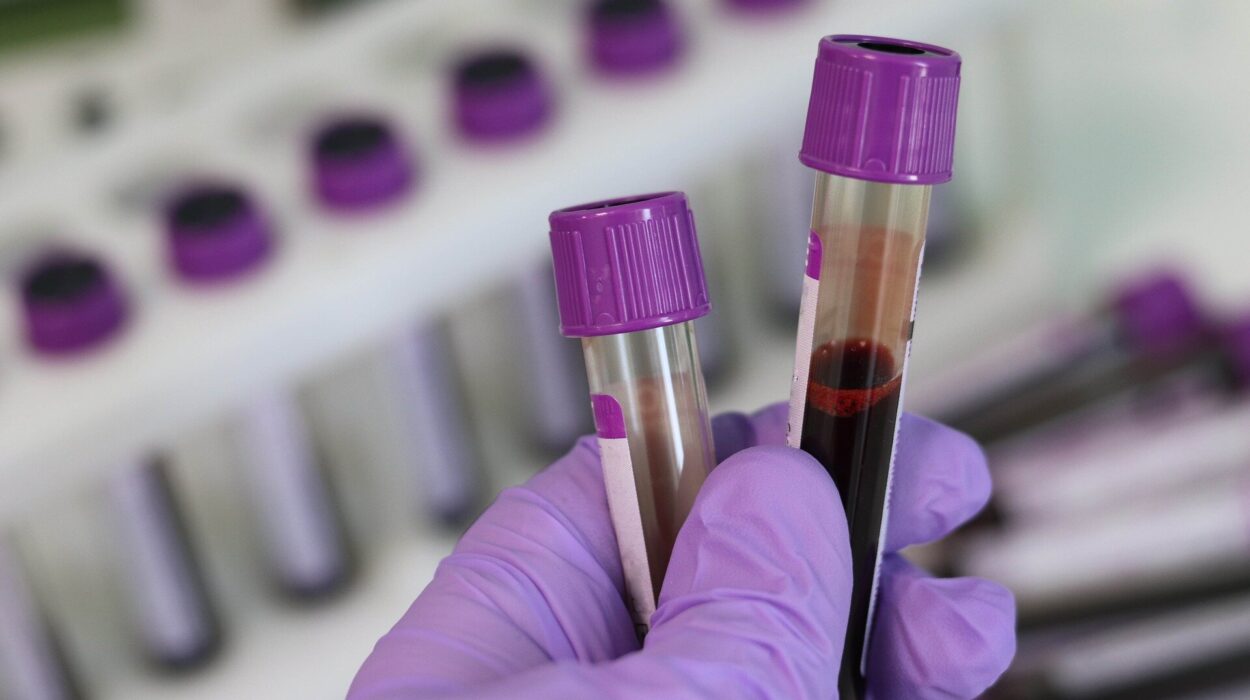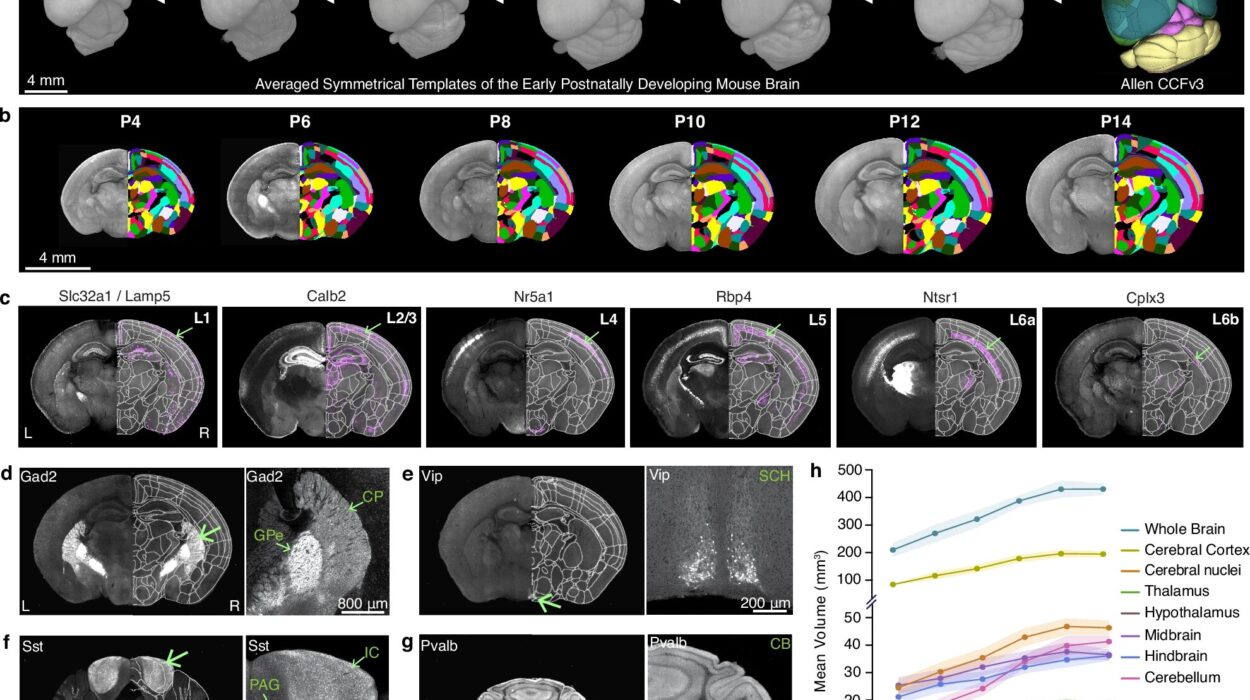For centuries, the brain has been called the most complex structure in the known universe. Within its tangled networks of billions of neurons lie the foundations of perception, memory, and thought itself. Yet for all our progress, scientists have long struggled to see how those neurons truly connect and communicate in real time. Recent technological breakthroughs are now changing that. Two pioneering research teams—one at Columbia University and UC Berkeley, the other at Sorbonne University’s Vision Institute in Paris—have developed new ways to map the brain’s intricate synaptic wiring using holographic light. Their work marks a leap forward in our quest to understand how the brain’s invisible electrical symphony gives rise to everything we experience.
The Quest to Map the Brain’s Hidden Connections
Every thought, emotion, and sensation arises from the connections between neurons—tiny junctions called synapses that transmit electrical and chemical signals. Mapping those connections, or the “connectome,” has been one of neuroscience’s grandest challenges. Traditional tools, like electron microscopy, have provided exquisitely detailed images of brain tissue but only after it has been fixed and sliced. These techniques freeze time, offering snapshots of dead tissue that cannot reveal how living neurons communicate dynamically.
Researchers have long wanted a way to observe synaptic connections in vivo—that is, in a living brain, as it processes information and responds to its environment. But the methods to do this have been painfully slow and invasive, requiring the insertion of electrodes into brain tissue, which can disrupt the very networks being studied. What was needed was a technique that could look deep into the brain, non-invasively, and watch its electrical choreography unfold in real time.
A Revolution of Light: The Rise of Holographic Optogenetics
Enter holographic optogenetics, a technology that uses light to control and monitor the activity of specific neurons. It works by introducing light-sensitive proteins called opsins into brain cells. Once expressed, these proteins allow scientists to activate or silence individual neurons using precisely targeted flashes of light.
The innovation pioneered by Marcus A. Triplett and colleagues at Columbia and UC Berkeley takes this approach to a new level. By combining holographic optogenetics with advanced computational techniques such as deep learning and compressed sensing, they created a system that can map the strength and structure of synaptic connections in living tissue with unprecedented speed.
“We wanted to develop a technique that could provide not just static images, but direct measurements of crucial biophysical variables—like the strengths of the connections between neurons—that are only available in living tissue,” explained Triplett.
Their technique allows scientists to record from one neuron while using holographic light patterns to stimulate many others. When stimulation of one neuron triggers electrical activity in another, it reveals a synaptic connection. With the help of machine learning algorithms, the system can identify and map these links far faster than before—up to ten times faster than existing methods.
Seeing the Brain Think
This breakthrough means that for the first time, scientists can begin to watch how the brain’s wiring changes as an animal perceives, learns, or moves. Imagine being able to visualize the precise network of neurons that lights up when a mouse recognizes a familiar sound or learns a new behavior. Such real-time insights could revolutionize our understanding of memory, learning, and neuroplasticity—the brain’s ability to reorganize its connections.
Triplett’s team believes this approach will be especially powerful in studying neural computation—how the brain performs the complex calculations underlying perception and decision-making. “The wiring of the nervous system is what gives the brain its function,” said Triplett. “If we can map that wiring as it changes, we can begin to understand the rules that make the brain such an extraordinary computational machine.”
The Paris Team’s Vision: Sculpting Light to Decode the Mind
Across the Atlantic, a second team led by Dimitrii Tanese at Sorbonne University’s Vision Institute has been pursuing a similar dream, using the physics of light to reveal the brain’s hidden circuitry. Their approach combines optical engineering, neurobiology, and computational modeling to overcome the limits of traditional imaging.
“Understanding how individual neurons are connected within a living, functioning brain is often regarded as the holy grail of neuroscience,” said Tanese. “It could reveal how the network structure relates to function, how the brain reorganizes through plasticity, and how it recovers after injury.”
Tanese’s group developed a technique known as two-photon holographic stimulation, which allows scientists to reshape light in three dimensions to target specific neurons deep inside the brain. By combining this precise targeting with light-sensitive opsins, the researchers can activate multiple neurons simultaneously—essentially “pressing” buttons in the brain’s control panel without touching it.
While one neuron is stimulated, the team records from another to see if a signal passes between them, revealing the presence of a synaptic link. But instead of testing one neuron at a time, their system activates dozens or even hundreds of neurons in patterns designed to tease out the hidden connections among them. Within just minutes, they can map hundreds of synapses, something that previously might have taken weeks.

“Our approach uses the flexibility and precision of light to accelerate this process,” Tanese explained. “We can map up to 100 presynaptic neurons in the intact mouse brain within five minutes. It’s an order of magnitude improvement over what was possible before.”
Bridging Light and Computation
The genius of both research efforts lies in the union of optics and computation. Light provides a non-invasive, precise means of interacting with neurons, while advanced algorithms make sense of the massive data these experiments produce. By merging physics, mathematics, and biology, scientists are transforming the brain from an inscrutable mystery into a measurable, dynamic system.
The teams’ techniques represent more than just faster brain mapping—they offer a glimpse of a future where we can directly observe how neural circuits evolve over time. As Tanese and colleagues note, their “all-optical” approach could one day allow scientists to both activate and monitor neurons entirely with light, eliminating the need for electrodes altogether.
This would make it possible to study how connections change during learning, aging, or the progression of neurological diseases such as Alzheimer’s and epilepsy, without damaging tissue or interfering with natural processes.
The Promise for Medicine and Understanding the Mind
These advances are not only scientific marvels—they hold profound medical promise. Many neurological and psychiatric disorders, from autism to schizophrenia, are believed to arise from disruptions in synaptic connectivity. If scientists can map these connections accurately and observe how they differ in disease states, it could open the door to new diagnostics and therapies.
Imagine being able to detect subtle connectivity changes long before symptoms appear, or to monitor how the brain rewires itself after a stroke or injury. The new optical methods might also help researchers test how drugs or neural stimulation therapies affect brain circuitry in real time.
In the long term, such techniques could help bridge the gap between molecular neuroscience and cognitive science, linking the cellular basis of brain function to behavior, thought, and emotion.
The Beauty of a Living Network
What makes these discoveries so moving is the glimpse they offer into the living brain’s elegance. Every flicker of light in these experiments corresponds to a neuron firing—a cell reaching out across the vast microscopic space to communicate with another. Watching this in real time is like witnessing the brain think.
It is also a reminder of how deeply interconnected modern science has become. These breakthroughs were not born from one field alone but from the fusion of optics, genetics, computation, and biology. They represent the best of interdisciplinary science: curiosity turned into collaboration, and collaboration into discovery.
A Light Toward the Future
Both the Columbia–Berkeley and Sorbonne teams continue to refine their methods, striving to increase precision, speed, and scale. Their next goal is to achieve all-optical synaptic mapping, using light both to activate neurons and to monitor their responses. This would allow scientists to track the brain’s connectivity over days or even weeks, observing how networks evolve during learning, recovery, or disease progression.
As these tools mature, they may help answer questions that have long seemed out of reach. How does memory form at the level of individual connections? How do neural networks reorganize after trauma? How does consciousness itself emerge from billions of tiny electrical exchanges?
Each pulse of holographic light brings us closer to understanding not just how the brain works, but how life itself creates thought, awareness, and identity.
More information: Marcus A. Triplett et al, Rapid learning of neural circuitry from holographic ensemble stimulation enabled by model-based compressed sensing, Nature Neuroscience (2025). DOI: 10.1038/s41593-025-02053-7.
I-Wen Chen et al, High-throughput synaptic connectivity mapping using in vivo two-photon holographic optogenetics and compressive sensing, Nature Neuroscience (2025). DOI: 10.1038/s41593-025-02024-y.






